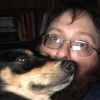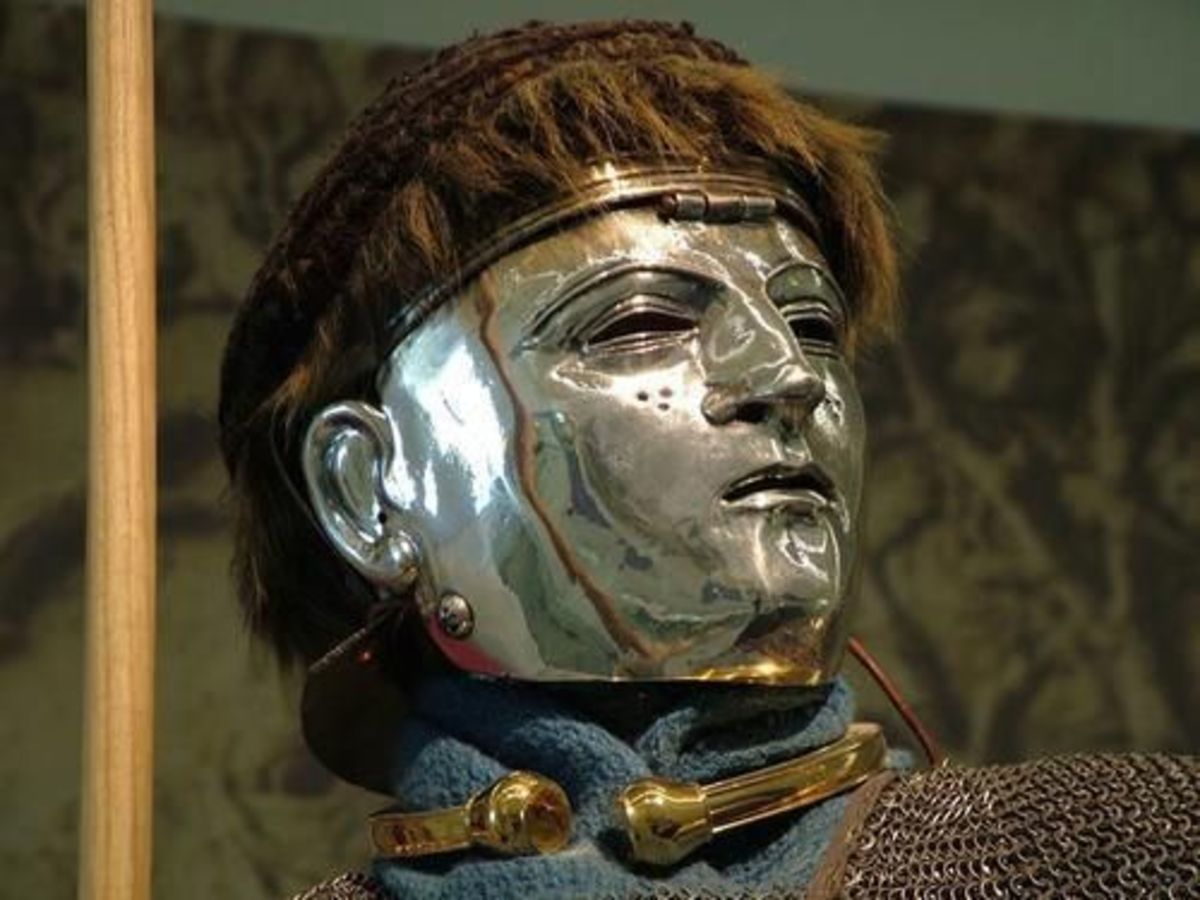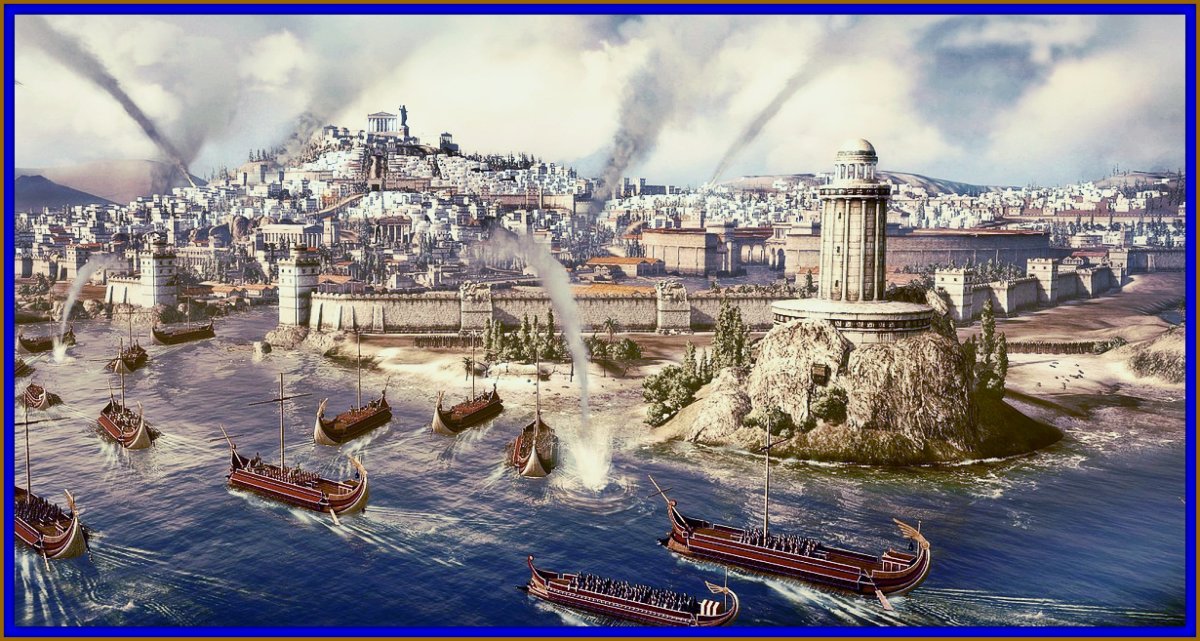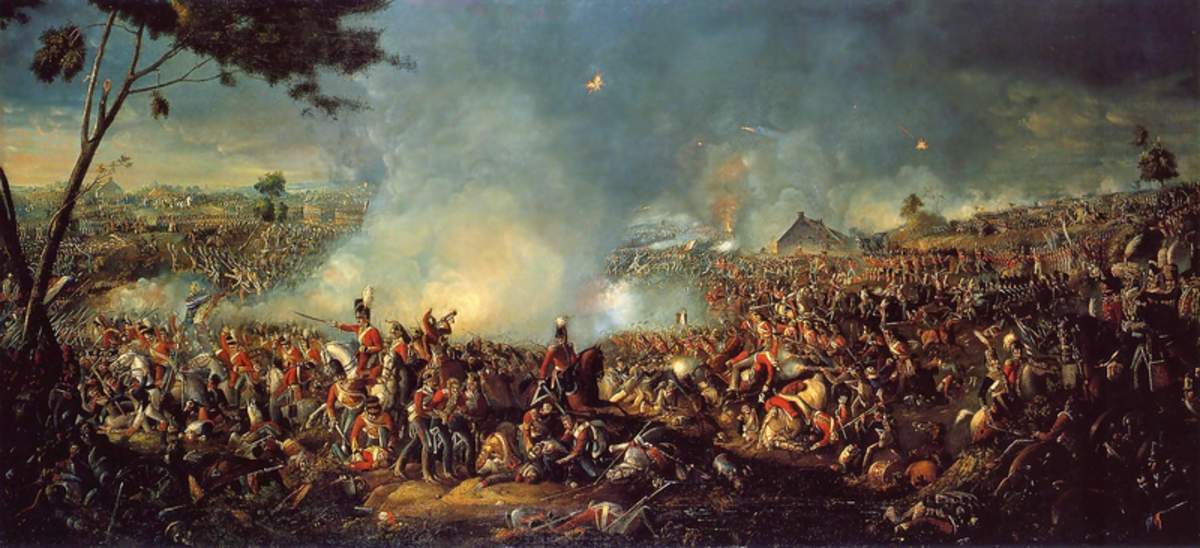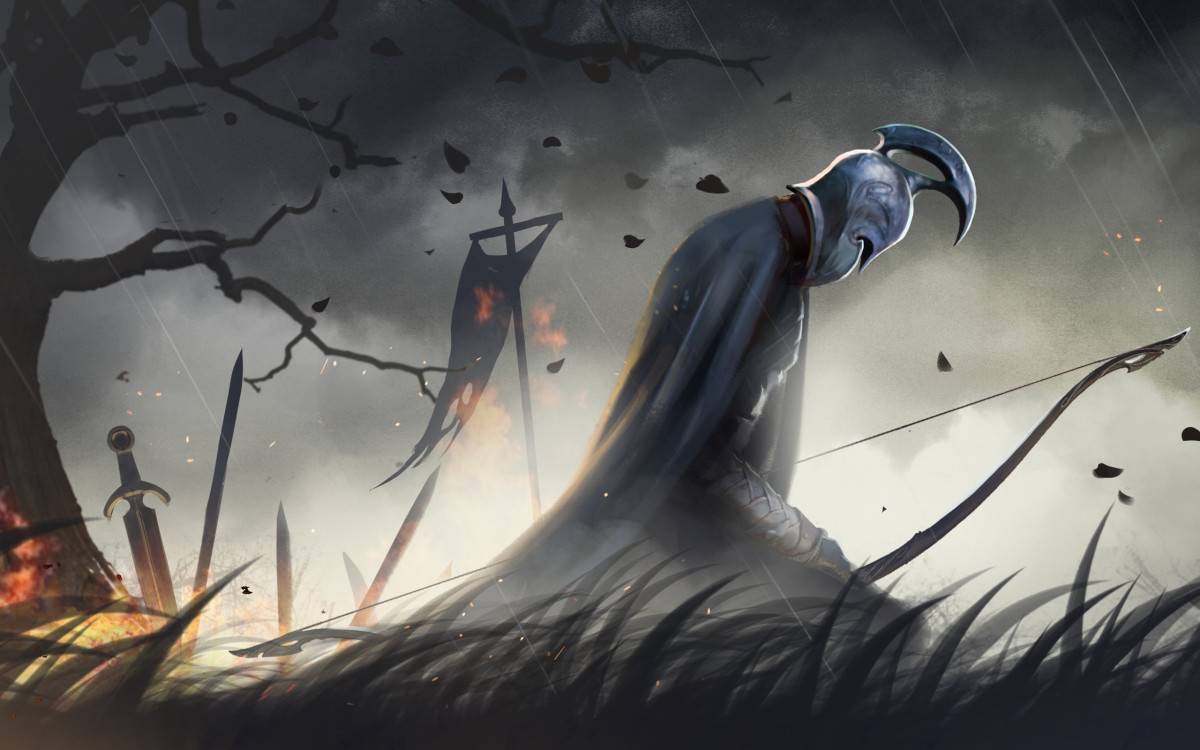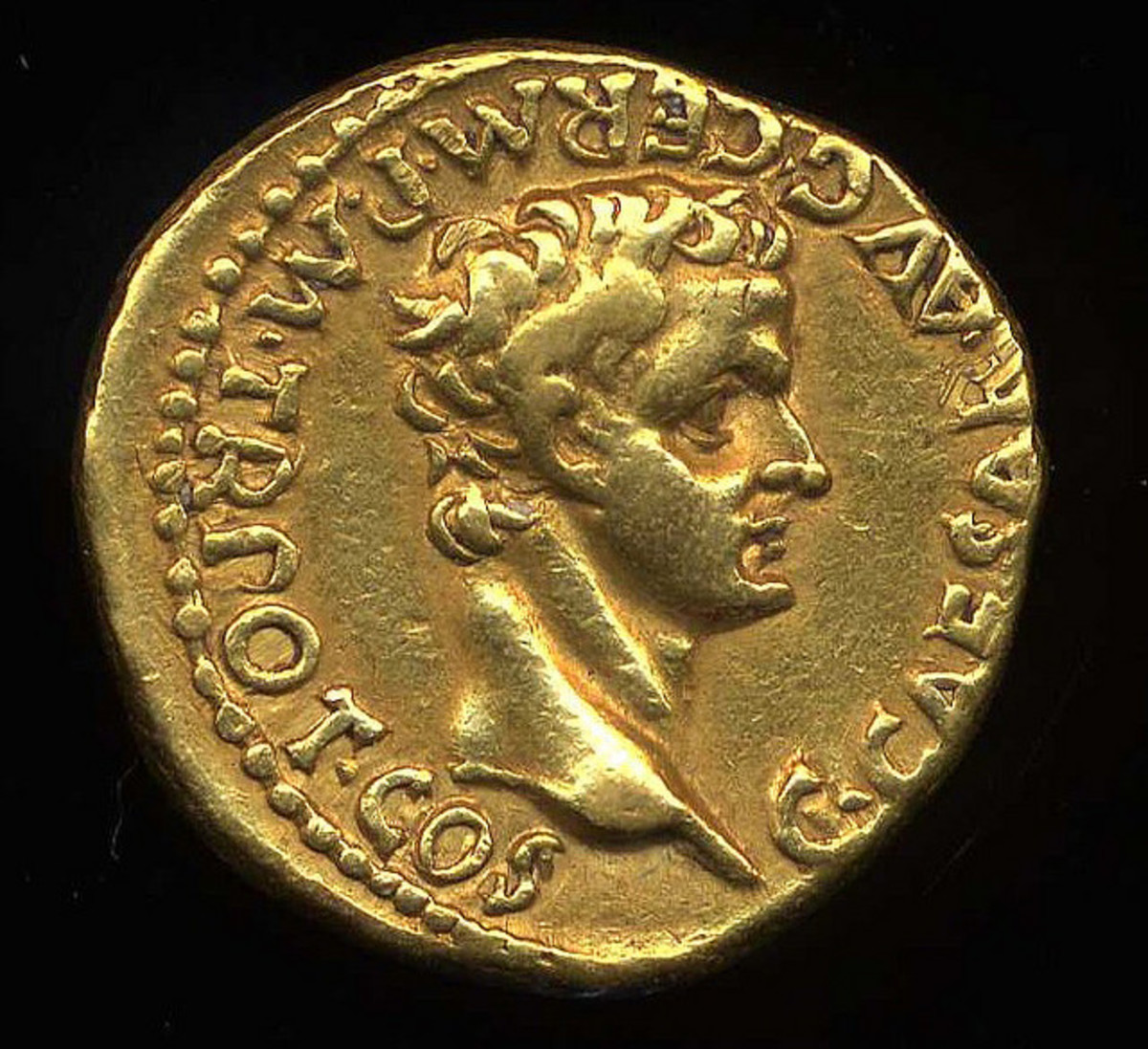- HubPages»
- Education and Science»
- History & Archaeology»
- Ancient History
The Battle of Zama: The End of Carthage
The Terrain
The Battle of Zama was the final battle of the Second Punic War and the results irreversibly changed the Mediterranean world. The battlefield was located south-west of Carthage, which was in modern day Tunisia. The site has not been identified by historians, but they know the general area from the works of Roman historians, like Livy.
The battlefield was an open plain which allowed the full deployment of both armies, with their cavalry on the wings. Both Scipio and Hannibal had prepared for a final battle, and they threw everything they had in to the fray.

The Romans
The Roman army was led by Scipio Africanus. Scipio had led Roman forces in the conquest of Hispania, and in several forays against Carthaginian holdings in southern Italy while Hannibal was camped there. The Roman legions would have had a morale boost from their series of victories in North Africa against the Carthaginians and their allies.
The Roman army consisted of about 34,000 infantry. Many of these infantry were volunteer soldiers raised by Scipio because the Roman Senate had not given him an army. Scipio trained his soldiers in Sicily, and whetted them against Italian rebels who helped Hannibal.
Scipio realized the importance of cavalry for an army. At the onset of the Punic Wars Carthage had vast cavalry forces supported by their Numidian allies. Scipio reversed this by befriending a Numidian prince, and then helping him take over part of Numidia. Scipio also raised his own cavalry regiments in Sicily by enlisting the Sicilian princes to provide horses and gear, but allowed them to have someone fight for them. This allowed Scipio to make Roman cavalry. The Roman cavalry squadrons numbered about 9000 horse.
The Carthaginians
The Carthaginian army was composed of Hannibal's veterans from the Italian campaign, as well as a host of mercenary troops. Carthage had always relied heavily on mercenary soldiers, and Zama was no exception. Hannibal's secret weapon was the elephants. His hope was that they would disrupt the Roman legions enough for his troops to break their ranks.
Hannibal had about 45,000 infantry. The infantry were primarily composed of displaced Celtiberians, Spaniards, and Gauls. All three groups had fought against the Romans, and wanted Carthage to win the war. Hannibal also had his crack veterans from his Italian campaign. Furthermore, Phillip II of Macedon sent about 4000 Macedonian soldiers to support Hannibal. Philip was a nominal ally of the Carthaginians, and he hoped to claim all of Greece if Rome were to fall.
Hannibal was only able to field about 4000 horse. This was a result of his ally Syphax, king of Numidia, being killed. The Numidians went over to the Romans, and this was the first battle in which the Carthaginians were outnumbered in cavalry. Hannibal also had about 80 war elephants.

Engagement
Both armies deployed in lines. Scipio deployed his infantry in Roman columns, but intentionally created gaps and lanes. Hannibal deployed his army in three lines. The Gallic mercenaries went in first, followed by the Carthaginian and Macedonia phalanxes, and he held his own veterans in reserve as the third line. Both armies deployed their cavalry on both wings of the army.
Hannibal's first move was to send in the elephants. Scipio had prepared for this by placing his skirmishers, the velites, in front of his army. They pegged the elephants with javelins before withdrawing in to lanes between the first and second rank. The elephants followed the path of least resistance down the lanes through the Roman ranks. There the velites continued to shower them with javelins. The elephants broke, and fled out their the lanes. Once they did, Scipio reformed the line to meet the incoming enemies.
When the elephants broke they left Hannibal's cavalry in disarray. The Roman cavalry and her allies charged, and the Carthaginian cavalry broke away. Hannibal had intended his cavalry to lead the Roman cavalry away, and they did so successfully, but they broke earlier than Hannibal had intended.
The first ranks of Hannibal's and Scipio's lines met, but it was the Gauls that broke first. Hannibal had his second line stay solid, so the Gauls were forced out the sides between the two armies. Scipio allowed his hastati. the young men and first row of a Roman column, to fight for a short time before pulling them back and allowing the princeps, middle aged men and the second row, to engage the Carthaginians. Hannibal's men were broken, and all that was left was his veterans.
Scipio reformed his whole army. He put the hastati and princeps in the center, and placed the triari, the last row of a Roman column and all veterans, on the wings. Scipio wanted to wait as long as possible to allow his cavalry to return. The Roman lines were battered by Hannibal's veterans, but before they could be routed Scipio's cavalry returned and shattered the Carthaginians. The field had been taken by Rome.
Conclusion of the Second Punic War
Scipio followed up his victory at Zama by investing Carthage at land and sea. The Carthaginians quickly sued for peace and they received it. Scipio gave the Carthaginians peace terms that were intended to create a lasting peace.
Carthage was forced to give up her fleet, pay a war indemnity, recognize the new Numidian king, give up hostages and not make war without Rome's assent. These were wonderful terms for the ancient world. Carthage was allowed to keep her North African territory.
These terms allowed Carthage to quickly recover economically, and she became a prosperous trading partner for Rome. This was a result of Scipio being an exceptional statesmen as well as an amazing general. Despite this, some Roman senators did not agree with allowing Carthage to survive, and eventually they provoked a quarrel, and Carthage was easily decimated in the Third Punic War. The city was razed to the ground, and the people sold in to slavery.
More about the Punic Wars
- The Conquest of Hispania
The history of how Scipio Africanus seized Hispania from the Carthaginian Republic while Hannibal invaded Italy through the Alps.
